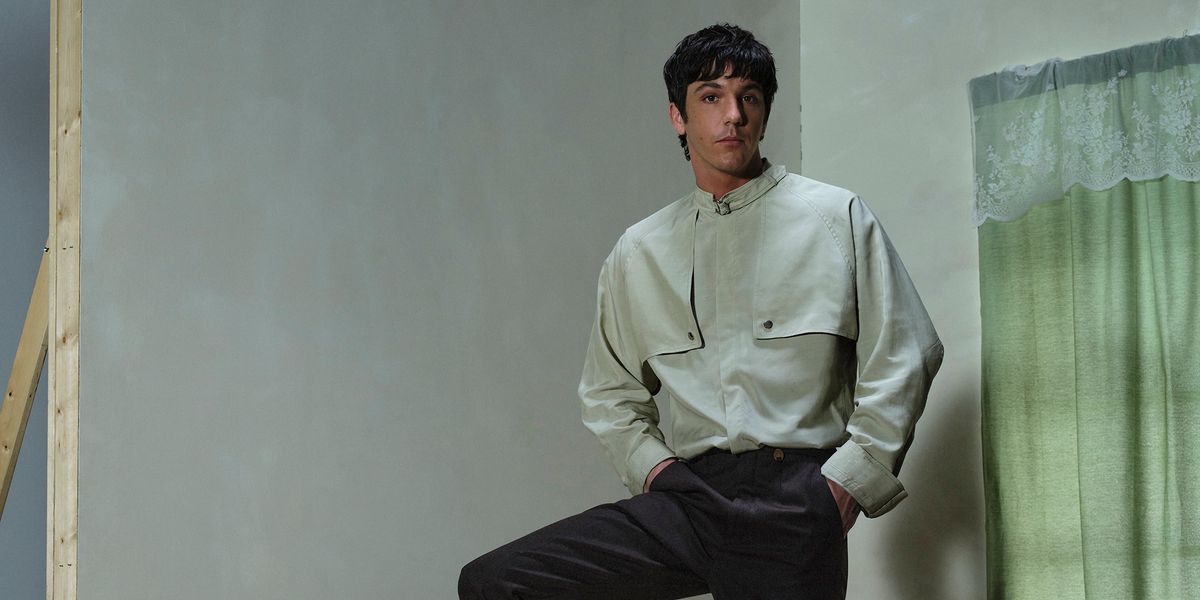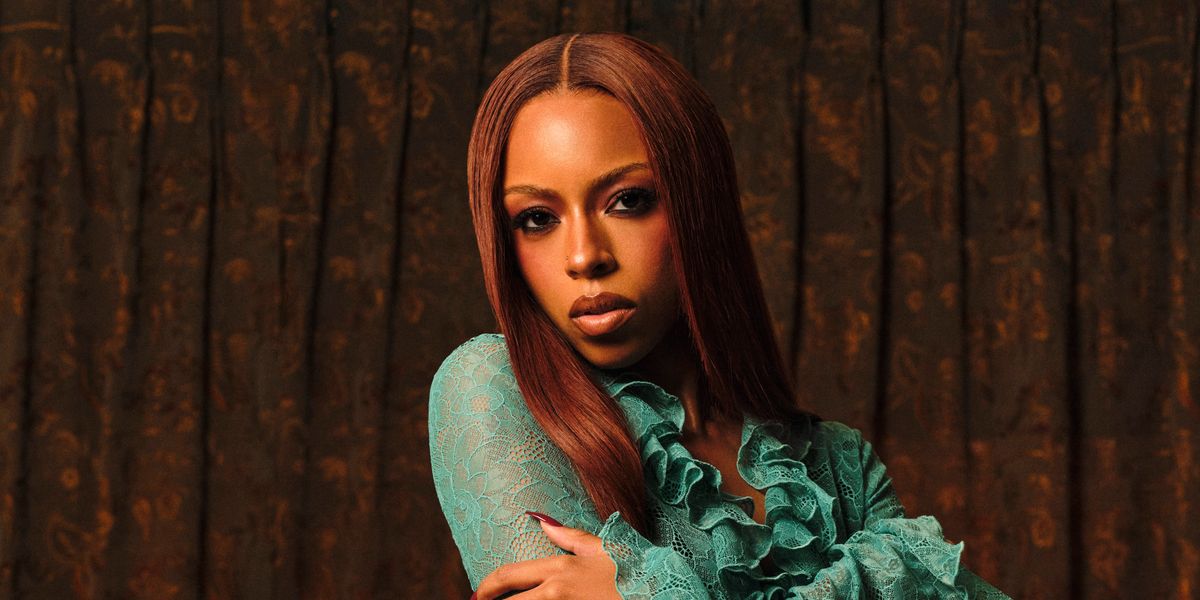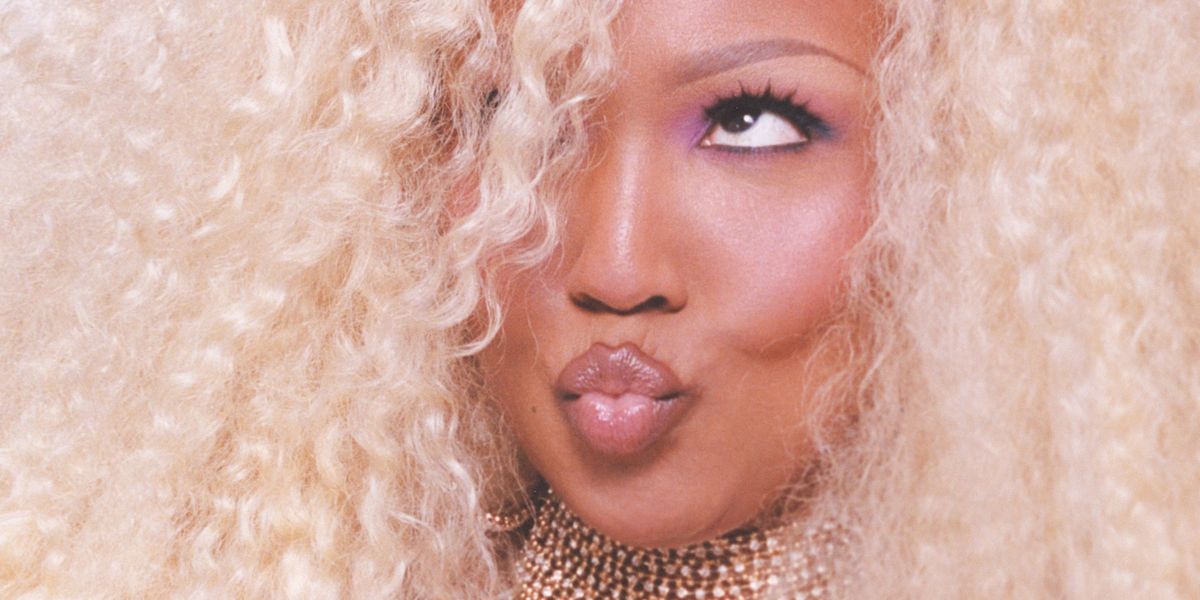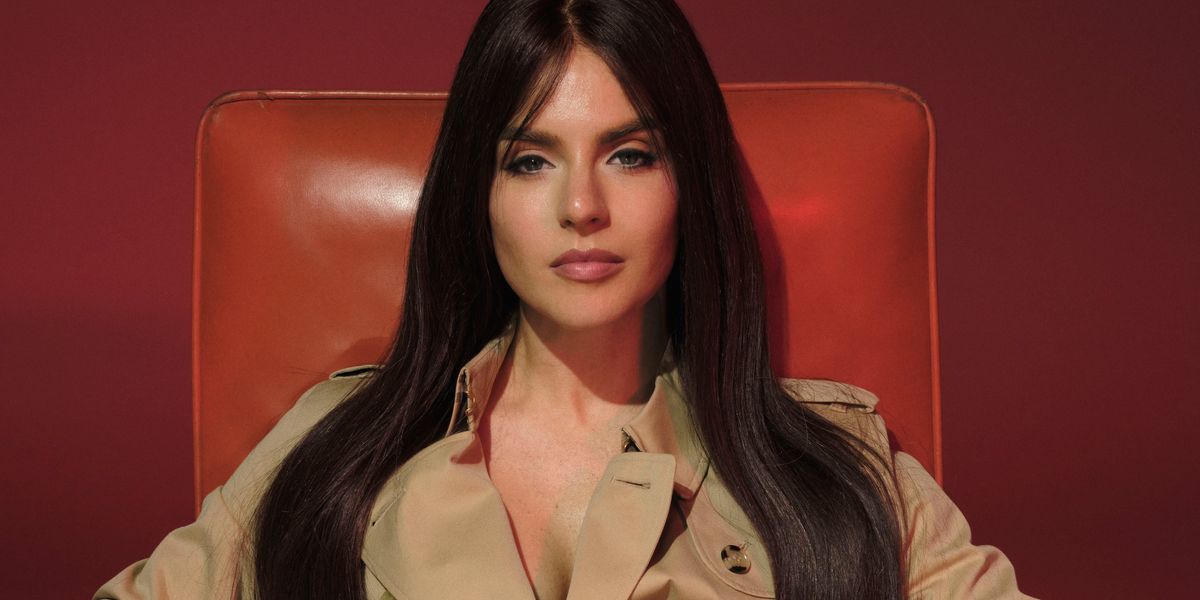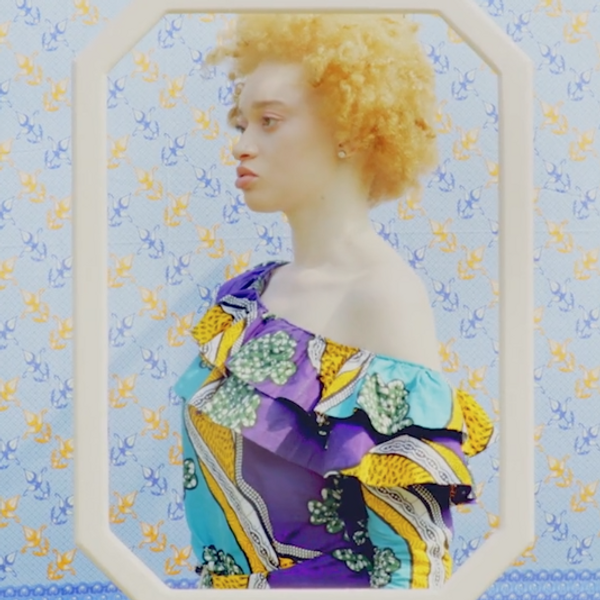
Mirian Njoh Is Her Own Muse
By Jhoni Jackson
Jun 11, 2018
Mirian Njoh is a storyteller by nature. Through every creative output she uses, the Toronto-based photographer, model and writer presents a narrative that serves a greater message. By showcasing her own self-love, she inspires, reminding us that fortifying our confidence fosters the kind of empowerment that helps us realize our goals, whatever they may be.
Espousing pride in individualism and trusting one's instincts, Njoh's confidence is contagious and can be a boon to anyone struggling to find faith in themselves. She's perpetually reminding us to dream, too. (If she had a TED Talk, we'd be the first to listen).
Njoh delivers all this positivity and encouragement on her blog and Insta with stunning imagery that positions her unusual look front and center, totally striking and radiating with self-love.
Born in Monrovia, Liberia's capital, Njoh spent most of her life in the U.S. until her family left Michigan for Toronto. There, she studied fashion communication at Ryerson University, then worked in her field with an agency and as a freelance stylist. She took a detour into 9-to-5 work for a bit, but about six months ago, she returned to freelancing — now full time, and often working for herself.
Traveling to and from West Africa eventually led to a merging of fashion and her stronge sense of heritage with Sororum, an online shop featuring globally sourced one-of-a-kind goods, including jewelry and bags made by local artisans in Liberia and Morocco that Njoh handpicks herself.
She's also designed her own pieces for Sororum; you can catch these regal silhouettes in vibrant, playful West African ankara prints on Njoh and two other models in a recently released fashion short, created in collaboration with director and fellow Ryerson University alum Jessamine Fok. That debut collection isn't available anymore, unfortunately — but another is in the works, Njoh assures.
PAPER spoke with Njoh to learn more about the inspirations that guide Sororum and why she loves modeling and photography (especially in conjunction).
How did Sororum come about? How do you source what you sell in the shop?
Ihe idea of Sororum was something that was kind of slowly building over the course of maybe a year or so. Something that activated it was a trip to Nigeria —my father is from Lagos. I had been to West Africa before; my mother's from Liberia. But this trip sparked something in me, because it reminded me of my experiences every time I've gone home and it feels to be immersed in the environment and have the opportunity to go to markets and have a tailor make a piece custom for you.
Or to go to the market and find a really cool bag, or something symbolic of that experience that you could bring home and share with others. So having that experience again reminded me of how it feels, and the idea of Sororum came because I wanted to be able to share this feeling with other people – of what it feels like to have a special, unique piece from somewhere that has a story, because there's only one that's exactly like that one.
You've mentioned the concept of slow fashion.
Definitely. I feel like slow fashion is more than just the handmade aspect; it's that it can be community-based. It's not some global enterprise with a supply chain that you can't even see. It's local, it's ethical. The production is super transparent because you can go there, you can see, you can track the story from each layer of how it became what it is. And that was what I really wanted to be able to share.
I went to Liberia last year in the summer, and I really had a chance to visit the markets. The leather bags that I carry came from one of the tanneries in Monrovia, the capital city. You could really go to the areas and you could smell the leather-making. You could see people using their craft; you could see the raw leather.
What were you hoping to convey in the fashion film? You noted wanting to celebrate the fabrics and prints.
Exactly. That's a big thing for me too. My mom is very fashionable and super stylish. And my whole life, she always wore ankara prints or wax prints to family gatherings or big days. I don't think I really understood or appreciated it; it was always just, like, this is the thing my mom wears. But as I get older, and I've been able to go back home and really be immersed in the culture, I've fallen in love with it. I love wearing wax print. I love everything that comes with it. I love the fact that I can go down the street, and when you're walking around you just have this kind of vibrancy. It resonates with people, and it's not western fashion at all. It's completely bucking that system and going in its own direction, and I love that.
I wanted to celebrate that, because especially living in Toronto right now — Toronto fashion is very grey, it's very black, it's very plain. And so to take something like wax print and just splash it on the scene, that is the antithesis of what you would see on the street here. I really wanted to celebrate all the beauty it has in it: the history, the people that wear it, all of that encompasses what I love about wax print.
Let's talk about your work as a model and how you got into photography.
They both kind of happened in tandem, especially in self-portraiture. [Laughs] My love for fashion has always been something that I've just had growing up from childhood, watching Fashion Television or sketching. I always felt drawn to the fashion industry, and as I got older I took an interest in modeling because I felt like, for me – I've always been a storyteller. I've always been somebody who likes to convey stories. I used to write a lot, and so modeling is kind of another way to tell stories. It's kind of like silent acting. It's a way to convey a vision, message, or a story you can get across in a beautiful image— through photography and through modeling. So that's kind of how I had an interest in both sides of the lens.
With that being the context I was working in, telling stories from both sides of the lens, modeling is something that grew because I have a kind of different look – having albinism and being West African, I just have this different type of story that I felt like I could use the platform of modeling to tell, to bring awareness and to really convey the messages that I wanted to convey. And photography further allowed me to really shape the story and the narrative the way I want.
I talked to a friend and I was like, it kind of reminds me of Frida Kahlo, who was known for painting a lot of self-portraiture. There was this quote of hers that goes something like 'I am my own muse, I am the subject I know best.' And that always stuck with me because while it's beautiful to model and to help someone else tell their vision, when you can have control over both sides and you can tell the story as authentically as you can from your perspective, that's what I really like. Your vision isn't watered down when you do it yourself. You can tell it exactly how you want to.
For more from Mirian Njoh, check out LoveMirian.com and ShopSororum.com.
MORE ON PAPER
Music
Role Model Isn’t In Kansas Anymore
Story by Tobias Hess / Photography by Richie Talboy / Styling by Angelina Cantú / Grooming by Jerrod Roberts / Set design by Allegra Peyton
Story by Tobias Hess / Photography by Richie Talboy / Styling by Angelina Cantú / Grooming by Jerrod Roberts / Set design by Allegra Peyton
14 August
Internet
Quen Blackwell Takes Over
Story by Ivan Guzman / Photography by Richie Talboy / Styling by Angelina Cantú / Makeup by Kimora Mulan / Hair by Malcolm Marquez / Nails by Kimmie Kyees / Set design by Allegra Peyton
Story by Ivan Guzman / Photography by Richie Talboy / Styling by Angelina Cantú / Makeup by Kimora Mulan / Hair by Malcolm Marquez / Nails by Kimmie Kyees / Set design by Allegra Peyton
11 August
Music
Ravyn Lenae Enjoys the View
Story by Erica Campbell / Photography by Richie Talboy / Styling by Angelina Cantú / Makeup by Matthew Fishman / Hair by Jacob Aaron Dillon / Nails by Kimmie Kyees / Set design by Allegra Peyton
Story by Erica Campbell / Photography by Richie Talboy / Styling by Angelina Cantú / Makeup by Matthew Fishman / Hair by Jacob Aaron Dillon / Nails by Kimmie Kyees / Set design by Allegra Peyton
04 August
Beauty
Lizzo Is Living and Loving IRL
Story by Mickey Boardman/ Photography by Williejane Dent / Styling by Wayman + Micah / Hair by Jared Henderson / Makeup by Alexx Mayo / Nails by Eri Ishizu / Set design by Allegra Peyton
Story by Mickey Boardman/ Photography by Williejane Dent / Styling by Wayman + Micah / Hair by Jared Henderson / Makeup by Alexx Mayo / Nails by Eri Ishizu / Set design by Allegra Peyton
31 July
Music
JoJo Wants To Feel Alive
Story by Ivan Guzman / Photography by Richie Talboy / Styling by Angelina Cantú / Makeup by Porsche Cooper / Hair by Dom Forlette / Set design by Allegra Peyton
Story by Ivan Guzman / Photography by Richie Talboy / Styling by Angelina Cantú / Makeup by Porsche Cooper / Hair by Dom Forlette / Set design by Allegra Peyton
25 July
